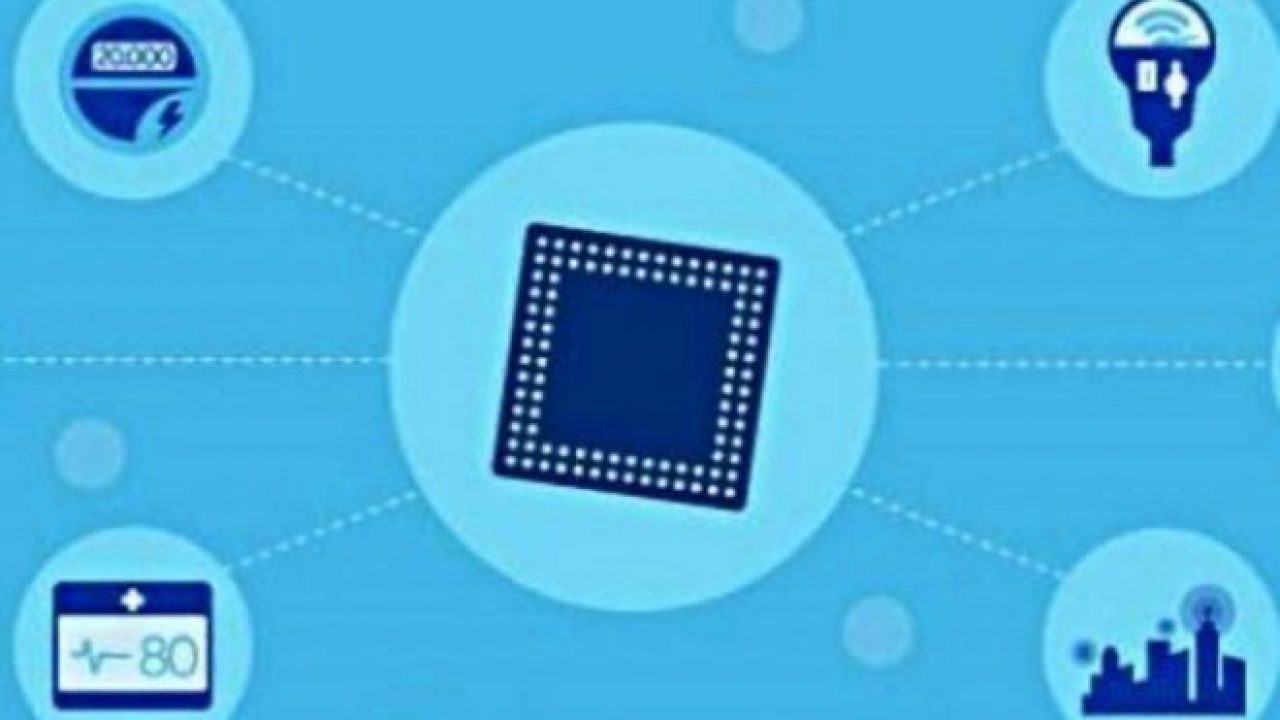IIoT: Standards needed for connectivity, security
Article By : James Nolan

Most early adopters believe little organisational change will be necessary to integrate IoT into their day-to-day operations. Are they right?
As many analysts have predicted, the IoT will comprise billions of devices within the next two decades, each device needing its own connection. The IoT universe today supports a fairly wide range of standards, which is a good thing since, for customers, standards are fundamentally about seamless experience and economies of scale in building out solutions. There’s an obvious “connecting everything” challenge and open standards will enable meaningful connections to be made more seamlessly and securely.
A recent research by Machina Research, commissioned by InterDigital, indicates that open standards will not only speed up the growth of IoT overall (acceleration by 27%), but will also lead to dramatic reductions in the cost–by as much as 30%–of deploying and managing an enterprise IoT system.
No single standard
This shows us that there’s tremendous interest in sophisticated innovation and many companies are willing to develop solutions that comply with multiple diverse standards while keeping a close eye on their bottom line. Unfortunately, no single standard or interoperable suite of standards has yet emerged, so there’s some uncertainty in the market for the time being. Though there are clear frontrunners in the standards race—like oneM2M, which leverages and interworks with many existing standards, effectively a “standard of standards”—only time will tell which standards will become most widely used and supported. In the meantime, enterprises have to be wary of potential future incompatibility issues within their large-scale IoT deployments.
Certain standards are beginning to emerge that are specific to distinct verticals as well. While they may be effective for certain applications, it’s important for enterprises to avoid being locked into a narrowly focused standard that may limit future growth and relevance of their IoT deployments. Even more critical is to avoid getting locked into proprietary solutions that could limit a system to only using devices, gateways, or software from a single vendor, or strand data limiting its availability to other enterprise IoT systems or applications. Open standards will keep options open during this period while standards evolve. The key is to balance flexibility with a standards-based approach and to balance connectivity challenges with appropriate security—not an easy juggling act.
We also need to recognise that not one single standard will be the only IoT standard. There are standards in development at all levels of the IoT technology stack, each one specific to the function or layer it serves. Ensuring that robust open standards exist at every level–from the device connectivity and network layer, through to the transport layer, up to service and application layers–will help create an interoperable ecosystem, and the industry’s growth and cost-reduction projections can be fully realised.
Enterprises will have to manage unprecedented numbers of devices, while integrating with both legacy IT infrastructure and future device platforms. Large-scale enterprise IoT networks could face a myriad of challenges if standards aren’t adopted, leading to something resembling a patchwork quilt instead of one seamless blanket of devices, data, and services. In a recent survey by the Telecommunications Industry Association (TIA), sponsored by InterDigital, an overwhelming majority of enterprises–76%–reported that they are “exclusively or primarily focused on integrating legacy business systems with IoT solutions in the next two years.” A standards-based approach will streamline the process of specifying, procuring, deploying, and managing the enterprise IoT network.
Need for security
The need for secure solutions is primary for enterprise IoT deployments, beyond simply preventing data breaches. Privacy is most relevant to consumer applications, while security–securing devices, data, and networks–is paramount in enterprise and industrial applications. Each new device can open the enterprise to potential threats, and, yet, different types of devices will have different security requirements.
One device might involve highly sensitive or proprietary corporate data with sophisticated security requirements; while other devices will generate ambient temperature or moisture readings that require very limited security. Security solutions will need to be designed to be flexible enough to suit the type of data being created. Therefore, it is vital to start with the threat analysis and requirements, then design appropriate security for your systems, data, communication, endpoints, and users. It is important to both properly deploy and configure, but also continuously monitor and update your security system following the initial deployment.
So who is leading the way, and where do we go from here? As the TIA learned in their research, the majority of early adopters in enterprise IoT are companies that inherently have a "greater focus on technology, in industry segments that have already established segment-specific IoT standards and short product development cycles, with products that already have some reporting mechanism built in."
The majority of these early adopters believe that fairly little organisational change will be necessary in order to fully integrate IoT into their day-to-day operations. As with most technology adoption cycles, less sophisticated technology-savvy adopters can learn a great deal by analysing the successes and failures of the early deployments. We expect to see more successes from those companies who opt to take an open-standards based approach.
James Nolan, InterDigital’s Executive VP of IoT Solutions, is responsible for all IoT initiatives, including R&D, standardisation, commercial development and deployment of cloud-based IoT solutions.
Subscribe to Newsletter
Test Qr code text s ss


